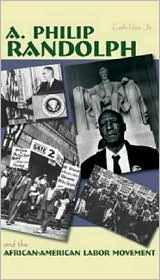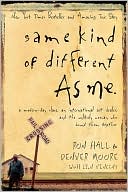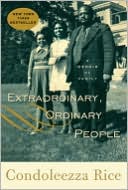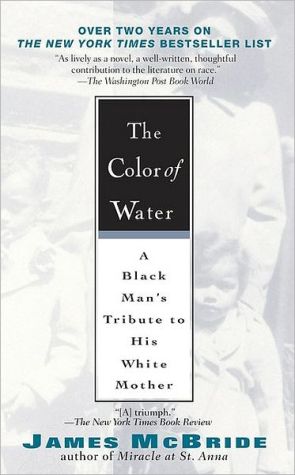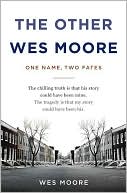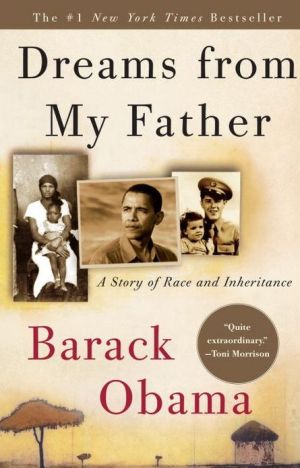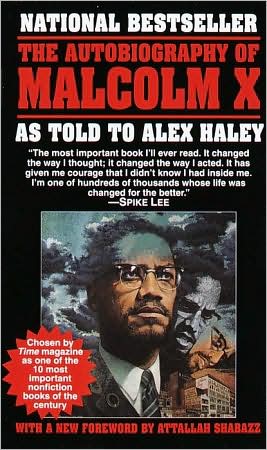A. Philip Randolph and the African American Labor Movement
Search in google:
\ Children's LiteratureAsa Philip Randolph's story is one for the ages that should be told to all generations. His work with organized labor and fight for racial equality is sorely under represented in history books. This book helps to fill that void. The book describes Mr. Randolph's early life in Jacksonville, Florida where his father greatly influenced his passion for equality and justice. It also describes Mr. Randolph's relationships with presidents, dignitaries and other African American leaders. He is probably best known for leading the Brotherhood of Sleeping Car Porters. The author does a good job of describing not only the formation of the Sleeping Car Porters but other events in Randolph's life as well. It is well researched and a good resource for book reports and other writings. This would be a great addition to any library. 2005, Morgan Reynolds Publishing Inc, Ages 12 up. \ —Gilda R. Daniels\ \ \ \ \ VOYAThese biographies of two pivotal figures in the civil rights movement, A. Phillip Randolph and Bayard Rustin, are easy for middle school students to read, containing all the basic facts. They pale, however, in comparison to other works available in terms of scholarship, such as Catherine Reef's biography of Randolph in the African American Biography series (Enslow, 2001) or Sally Hanley's in the Black Americans of Achievement series (Chelsea House, 1988). Miller's smooth narrative style, however, weaves the personal stories of these two men together with the pivotal elements of their experiences and the larger political events of the time. Each opens with a seminal moment in the movement and then tells the story of how each man came to be a civil rights activist. Randolph's origins with the Brotherhood of Sleeping Car Porters and his political writing in The Messenger as well as Rustin's ardent pacifism and his adoption of Ghandi's nonviolence tactics are described in detail against the backdrop of the depression, World War II, and the turmoil of the following two decades. The books do not avoid difficult issues but are prone to making sweeping generalizations for the sake of brevity and reading level. Rustin's homosexuality is discussed in terms of his long obscurity as he worked in the background so not to harm the movement with questions about his sexuality and his arrest for a homosexual act, but the word homosexuality is not in the index. Rustin's early communism and Randolph's socialism are included as well, with brief and general descriptions of what each political system means and how it attracted those pushing for racial equality in the United States. These men are not presentedas flawless or perfect heroes either and descriptions of tactical disagreements among high-profile figures in the movement and betrayals from other prominent African American leaders make the events vivid and realistically portrayed. Each book concludes with the 1963 march on Washington, D.C., for which these men shared the cover of Life magazine. Martin Luther King Jr. is featured more in the Rustin biography as they were closer in age. The time lines are brief, capturing only major events, but photographs include depictions of the Jim Crow figure that became symbolic of racist laws, artwork from the Harlem Renaissance, and signs that detail the extent of segregation in American life at the time. These books are easy-to-read supplemental biographies for collections where students do reports on famous figures of the civil rights movement, but if rigorous scholarship or detailed analysis of the political climate is required, they alone will not suffice. (Notable Americans/Civil Rights Leaders). VOYA CODES: 3Q 4P M (Readable without serious defects; Broad general YA appeal; Middle School, defined as grades 6 to 8). 2005, Morgan Reynolds, 160p.; Index. Illus. Photos. Biblio. Source Notes. Chronology., PLB . Ages 11 to 14. \ —Hillary Theyer\ \ \ School Library JournalGr 7 Up-Randolph lived a long, fascinating life, characterized by his single-minded drive to achieve racial equality for African Americans. In the course of 40 years, he faced down two U.S. presidents, defeated a powerful railroad company, and was the force behind the 1963 March on Washington. Miller depends heavily on existing scholarly and popular Randolph biographies. He tells the story in much the same way as it was told before, such as in Catherine Reef's A. Philip Randolph: Union Leader and Civil Rights Crusader (Enslow, 2001) and Lillie Patterson's A. Philip Randolph: Messenger for the Masses (Facts On File, 1995). Still, for readers with no knowledge of the subject, the overview approach makes Randolph and his achievements more accessible, and the book is certainly enhanced by the archival photographs of pivotal moments in the man's life and times.-Carol Jones Collins, Columbia High School, Maplewood, NJ Copyright 2005 Reed Business Information.\ \
